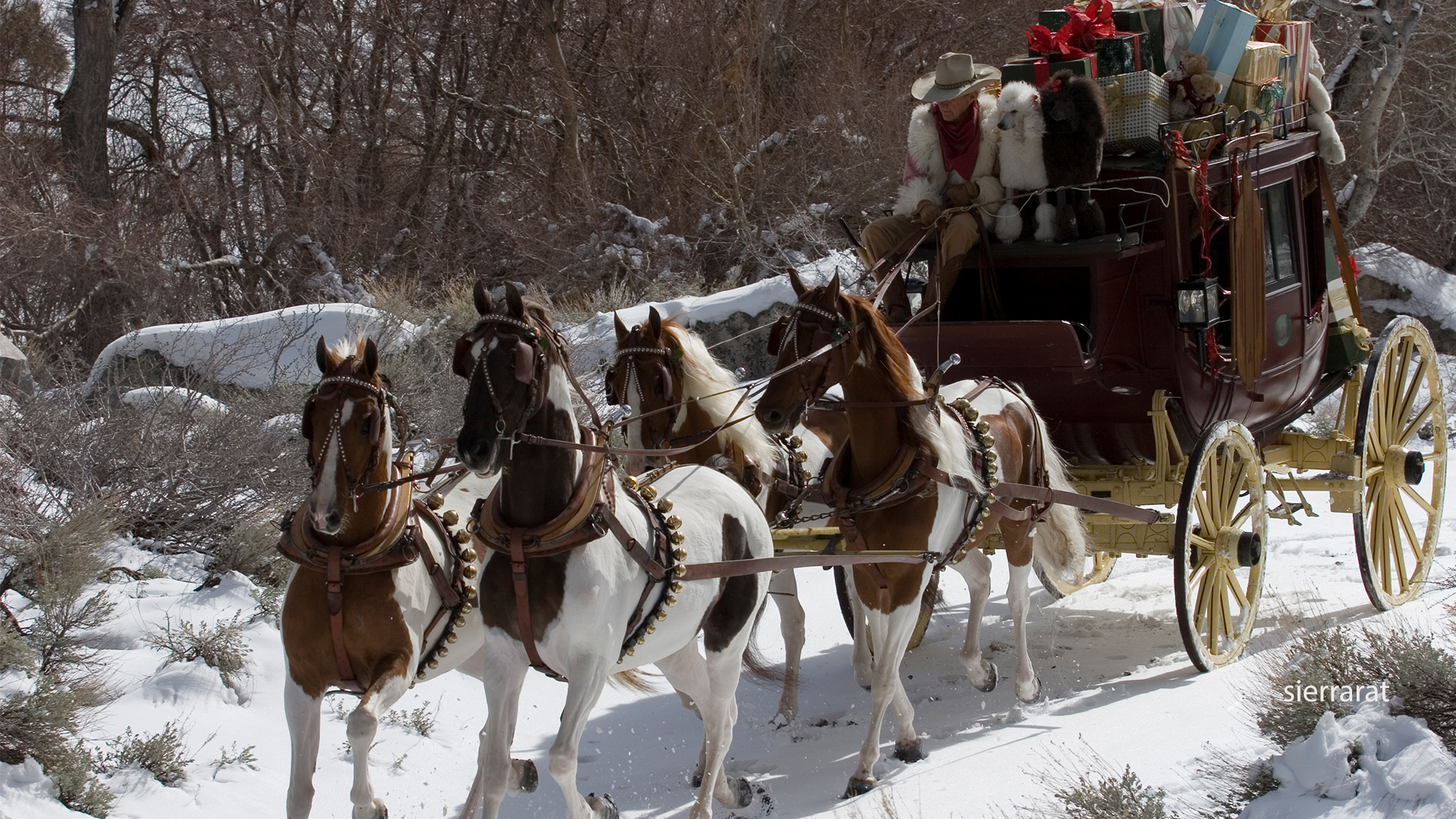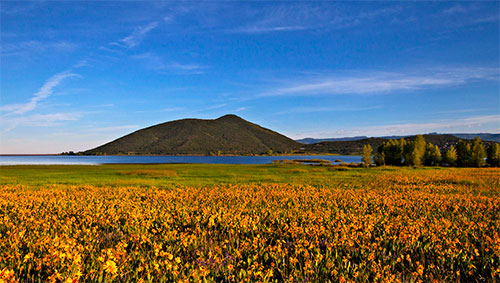Colorado Stagecoach History – the journey
Colorado Stagecoach History 1861- 1915
 Colorado stagecoach travel was vital as miners and other people seeking their fortunes began streaming into Colorado in the 1850s, it was apparent that transportation to the camps was insufficient. Slow, plodding teams of oxen pulled wagon loads of tools, food, and other supplies up poorly designed, narrow “roadways,” frequently little more than old footpaths. The roads were barely passable in good weather and impassable in winter weather. Then as now, the mountains and plains of Colorado are subject to immense amounts of snow, mud, wind, and generally unpredictable weather. The times demanded a new method of transporting people and goods to remote mountain towns. American ingenuity, at its best, supplied the answer: the Stagecoach, which was already in use in the eastern parts of the country, began to move westward. Just as important as personal transportation, however, was the delivery of the U.S. Mail. It was becoming increasingly important for western states and territories to communicate with entities and relations in the east. The government was ready, able, and willing to give mail delivery contacts to those with the means and plans of proposed mail routes. The telegraph and Pony Express were still years away from becoming realities. Remember that the transcontinental railroad had not yet been built. Even after its completion in 1868, it didn’t reach Colorado. The Colorado stagecoach and horse-drawn sleighs fulfilled a vital need as more people came to Colorado.
Colorado stagecoach travel was vital as miners and other people seeking their fortunes began streaming into Colorado in the 1850s, it was apparent that transportation to the camps was insufficient. Slow, plodding teams of oxen pulled wagon loads of tools, food, and other supplies up poorly designed, narrow “roadways,” frequently little more than old footpaths. The roads were barely passable in good weather and impassable in winter weather. Then as now, the mountains and plains of Colorado are subject to immense amounts of snow, mud, wind, and generally unpredictable weather. The times demanded a new method of transporting people and goods to remote mountain towns. American ingenuity, at its best, supplied the answer: the Stagecoach, which was already in use in the eastern parts of the country, began to move westward. Just as important as personal transportation, however, was the delivery of the U.S. Mail. It was becoming increasingly important for western states and territories to communicate with entities and relations in the east. The government was ready, able, and willing to give mail delivery contacts to those with the means and plans of proposed mail routes. The telegraph and Pony Express were still years away from becoming realities. Remember that the transcontinental railroad had not yet been built. Even after its completion in 1868, it didn’t reach Colorado. The Colorado stagecoach and horse-drawn sleighs fulfilled a vital need as more people came to Colorado.
Stagecoaches had been used for centuries in Europe and in the eastern part of North America since before the American Revolution. Well-established and maintained roads crisscrossed the eastern states all the way to St. Louis, the westernmost extent of the country, until after the Louisiana Purchase. The regions west crossed by wagon train trails were slow, poorly mapped, and dangerous. Nevertheless, thousands of people went west in covered wagons pulled by teams of oxen. It was obvious that faster, more comfortable vehicles were needed. The new immigrants and the US Mail had a huge potential market. Government contracts for mail delivery were established with several companies based in Missouri for delivery to Denver, Salt Lake City, Santa Fe, and San Francisco, and smaller towns in between.
Types of Stagecoach
The Concord Coach
Built on a four-wheel wagon pattern, the stagecoach had a large boxy cabin, six or seven feet high, roughly six feet wide, with a bench seat outside, above, and forward of the cabin. The cabin itself was suspended over the frame and wheels by rawhide straps, which flexed and softened the vibrations of the normally rough roads. Inside the cabin, two seats faced each other, upholstered with leather-covered cushions, providing a comfortable place to sit. Usually, two open windows on each side, with curtains blocking out the sun and dust. While several stagecoach manufacturers were located in the eastern states, two, in particular, were popular with the western line operators. The Abbott-Downing Company of Concord, New Hampshire, produced the Concord coach. It was considered the “luxury liner” of the day and retailed for the price of $1,400 in 1858 dollars. Today that price would be close to $40,000. This coach had the unique suspension method that consisted of two long, tanned leather straps running front to back, upon which the coach’s body was suspended. When passengers were seated inside, the strap suspension system gently rocked side to side, giving some passengers a dry land case of sea sickness. Compared to walking or riding in a covered wagon, it was a pleasant way to travel.

The Celerity Stagecoach
There was another major producer of stagecoaches located in Troy, New York. It was called the Celerity and was designed for travel over rough terrain. Unlike the Concord, the Celerity was less comfy and had canvas curtains that could be rolled up or let down, to let sunlight and dust in or kept out. It had an extra hinged seat in the middle of the floor to be folded up or down according to the number of passengers. Also, the Celerity had hinged seats that could be folded up to provide more legroom and perhaps allow passengers to sleep a little. Its wheels were a little wider, so it didn’t sink into the mud or sand as much as the heavier Concord. The Celerity had a canvas roof and little room for luggage. In fact, passengers often had to put their suitcases on their laps. At a price of around $500, the Celerity was popular with operators, though it was much less comfortable for passengers than the Concord. It was lighter, less expensive, and could travel over rough roads, and quickly became the Colorado stagecoach of choice. It was commonly known as the “mud wagon” because it was usually covered with dirt and mud after it left its first station.
Stage Stops
The stagecoach stops, where tired horses could be swapped out for fresh ones, were normally spaced ten to fifteen miles apart. These stops were referred to as swing stops or stages. Stagecoach operators had as many as 1,000 horses housed along the routes, normally at the “swing” locations. The stops at these places usually lasted about ten minutes, long enough for the horses to be changed. Meal stops were less frequent and lasted about 40 minutes. Just long enough for the passengers to get a quick meal and then climb back into the rig, bouncing along the rough, rutted roads day and night, ever onward to the final destination.

Colorado Stagecoach Operators
There were many stage operators, but only a few were successful. The ones that are remembered today were the most successful of the bunch. Wells Fargo and Co. and The Overland Mail Company ( started by John Butterfield in 1857) are known to many Americans. However, there were a few shorter Colorado stagecoach lines that ran in and through the state. The Leavenworth and Pike’s Peak Express Company was established in 1858. It ran from Westport, Missouri, to Denver and the Colorado gold and silver mines. It didn’t last long because part of the “road” went through an area devoid of wood or water, and was also prone to attacks from local Indian tribes. In fact, it only lasted for 90 days before the owners decided to transfer their equipment to the regular line running along the Platte River in Nebraska. No wonder it is seldom heard of today! From Denver ran a number of smaller companies that operated on the rough and steep roads that led to the mines. Colorado was attracting many people at this time, no matter how difficult traveling happened to be. From the Oregon Trail running north of Colorado, to the Santa Fe Trail heading south and westward, all areas in between would be covered by the stagecoach routes.






